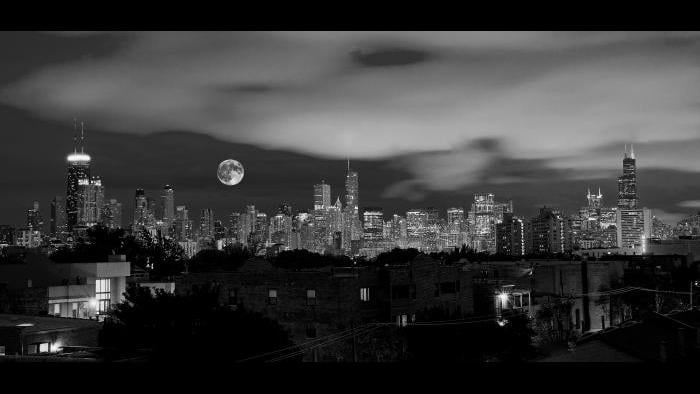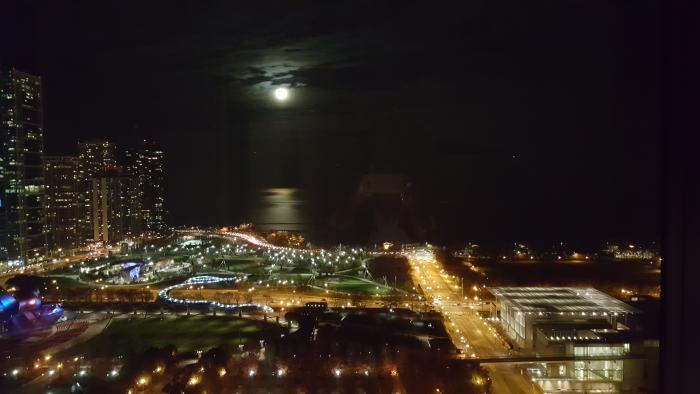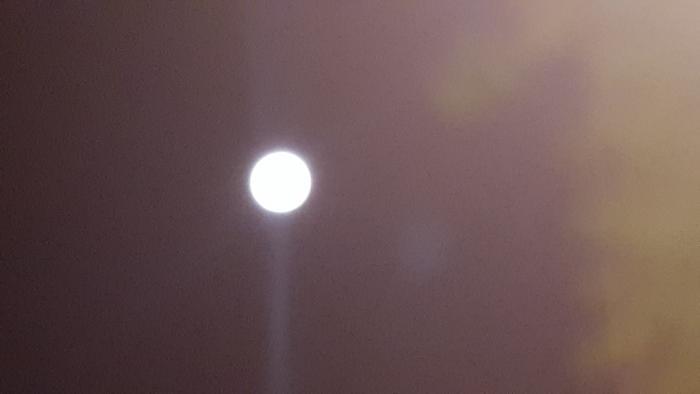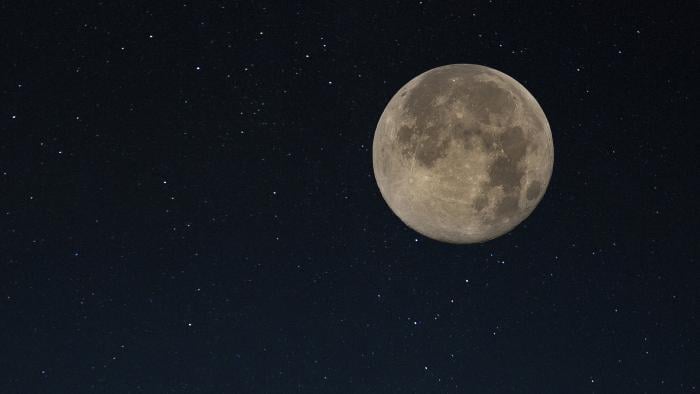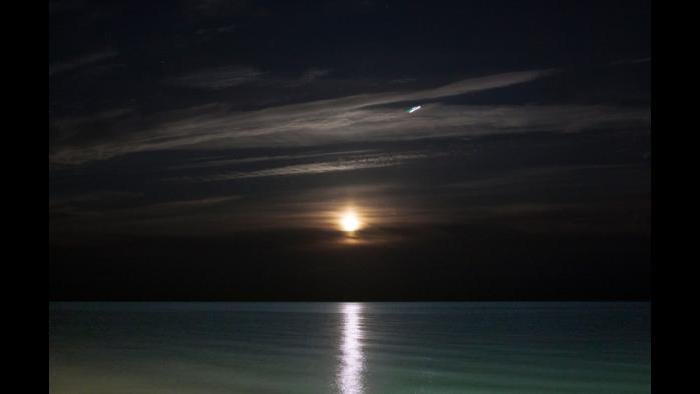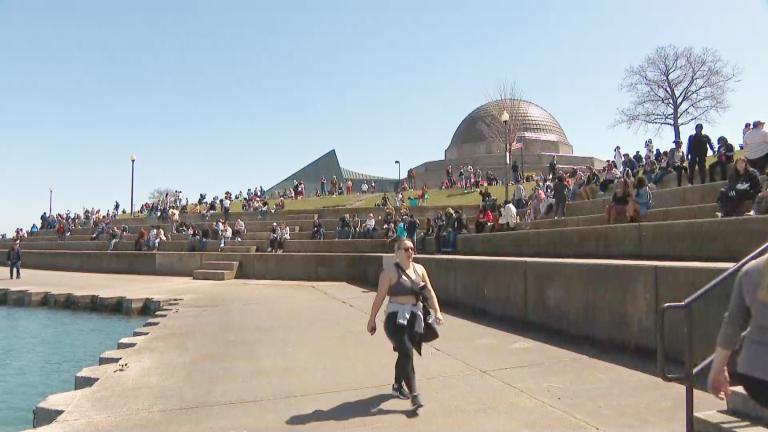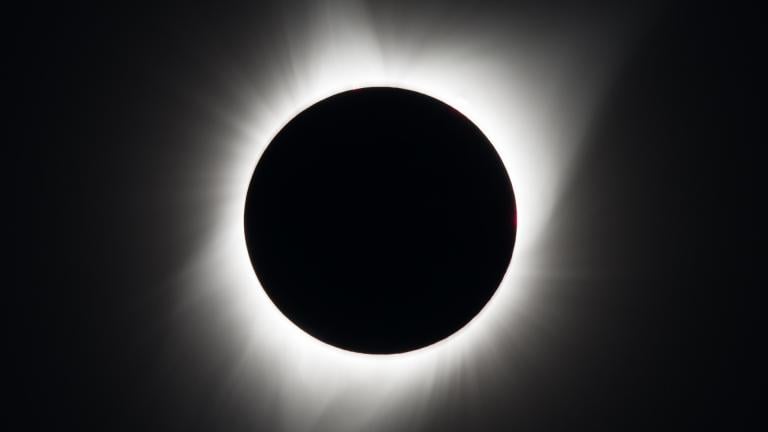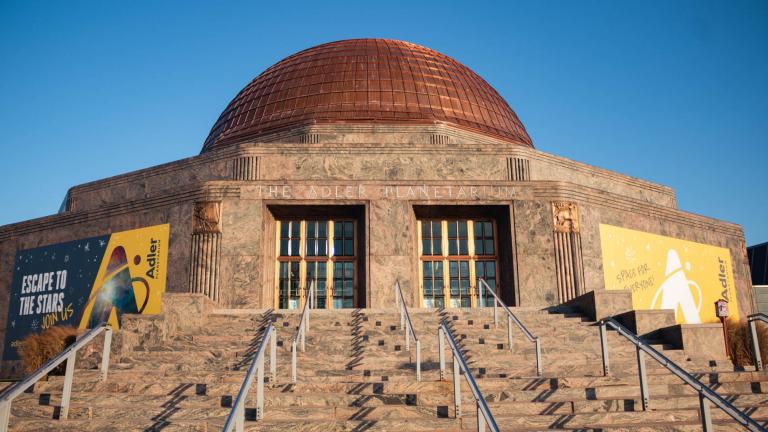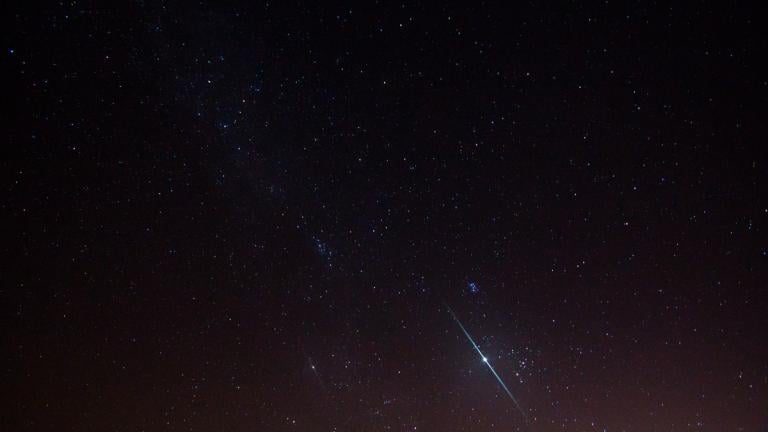November’s full moon will be no ordinary sight. From Sunday evening through early morning on Tuesday, stargazers will be treated to a radiant lunar spectacle: a supermoon.
Supermoons occur when the moon is both full and at its closest orbital point to Earth, called perigee. What makes this month’s supermoon extra special is the fact that it will be the closest to Earth since January 1948.
The moon’s average distance from Earth is about 240,000 miles, but Monday’s supermoon will be a mere 227,000 miles away. It may not sound like much, but the relative proximity will result in a moon that could appear as much as 14 percent larger and 30 percent brighter than a typical full moon, according to NASA.
Larry Ciupik, an astronomer at the Adler Planetarium, says those in the area will have three days to experience the lunar event.
The early stages of the supermoon will be visible on Sunday night, when the moon rises in the east at 4:23 p.m. But for those who want to catch what Ciupik calls the moon’s “biggest and brightest moment,” he recommends catching moonset around 5 a.m. Monday.
The moon will remain large and luminous throughout the night and into the early morning hours of Tuesday, Ciupik said.
Of course, cloud cover and city lights could obstruct the view slightly, he added.
“Depending on the weather, look to the western horizon on early Monday morning,” said Ciupik. “The lakefront in the east is also a fantastic place to watch in the evening during moonrise. The higher the moon gets, the more white it gets. When it’s lower and closer to the horizon, the moon will have more color.”
Related: Share your supermoon photos with us!
November’s supermoon is one of three this year. The first took place Oct. 16; the third and final supermoon is Dec. 13.
But this month’s supermoon will stand out as the biggest and brightest in nearly 70 years. The full moon won't be this close to Earth again until Nov. 25, 2034, according to NASA.
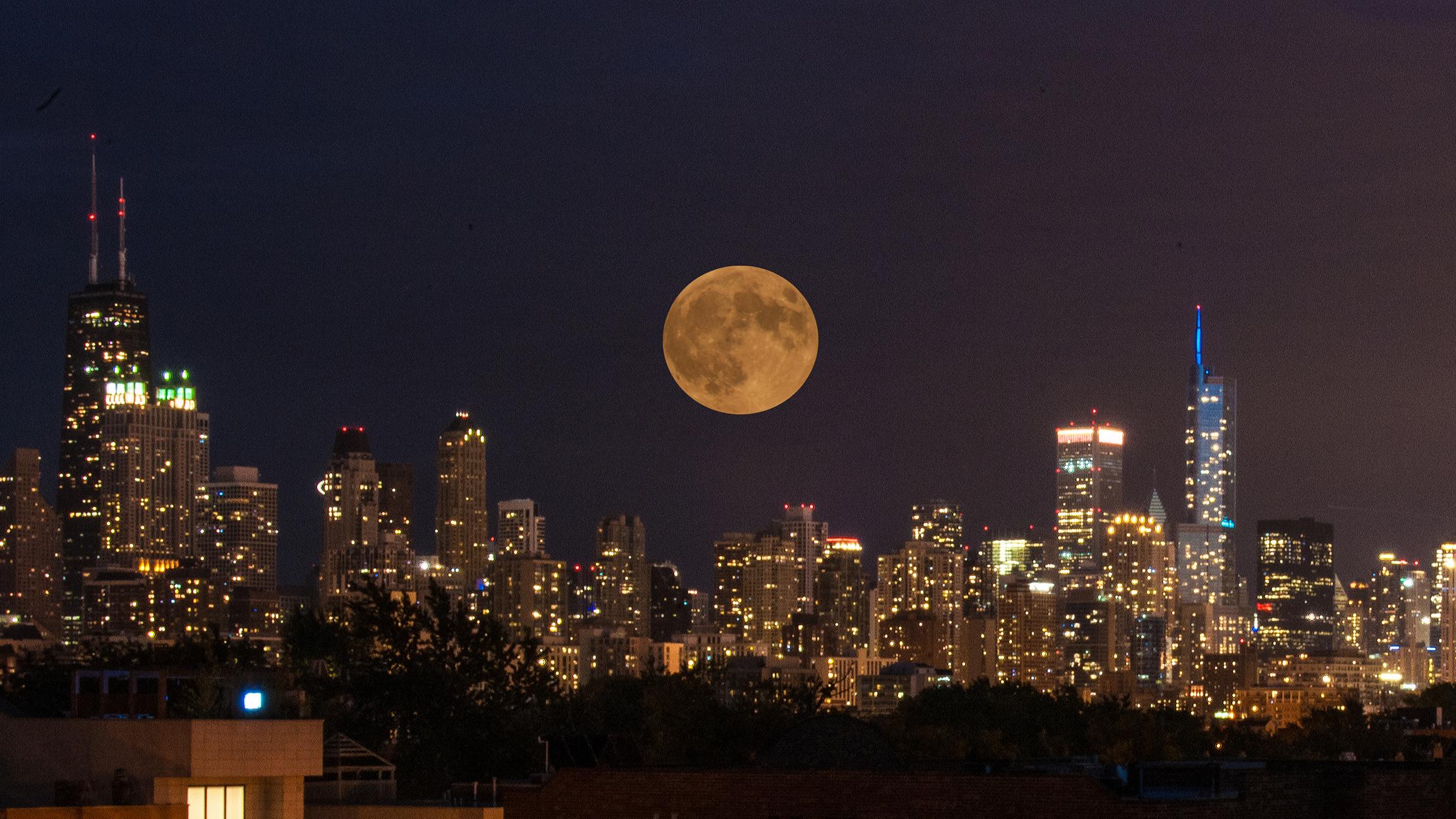 Chicago Tonight viewer J. Scott Sykora shared this photo of a harvest supermoon eclipse on Sept. 27, 2015.
Chicago Tonight viewer J. Scott Sykora shared this photo of a harvest supermoon eclipse on Sept. 27, 2015.
The word “supermoon” is not an astronomical term, Ciupik pointed out. Coined by astrologist Richard Nolle in 1979, the word is now commonly used to describe a full moon that is closer-than-average to Earth, according to NASA. Astronomers often use the phrase “perigee-syzygy” or “perigee full moon” to describe the event, Ciupik said.
The Farmer’s Almanac offers another name for this month’s full moon.
“November’s full moon was called the Beaver Moon by both the colonists and the Algonquin tribes because this was the time to set beaver traps before the swamps froze, to ensure a supply of warm winter furs,” the Farmer’s Almanac states. “It was also called the Full Frost Moon by Native Americans.”
![]()
Related event
On Friday, the Adler hosts a free telescope viewing event from 6-9 p.m. Doane at Dusk lets the public look through the area’s largest aperture telescope for a peek at the moon and planets. The event is first-come, first-served and weather permitting.
Follow Reuben Unrau on Twitter: @reubenunrau
Related Stories
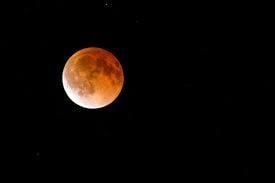 Harvest Supermoon Eclipse Result of Rare Combination of Celestial Events
Harvest Supermoon Eclipse Result of Rare Combination of Celestial Events
Sept. 25, 2015: Weather permitting, the Chicago area will be treated to prime time, front-row seats for a rare astronomical phenomenon Sunday evening when a total lunar eclipse of a simultaneous harvest moon, supermoon and blood moon rises above the horizon.
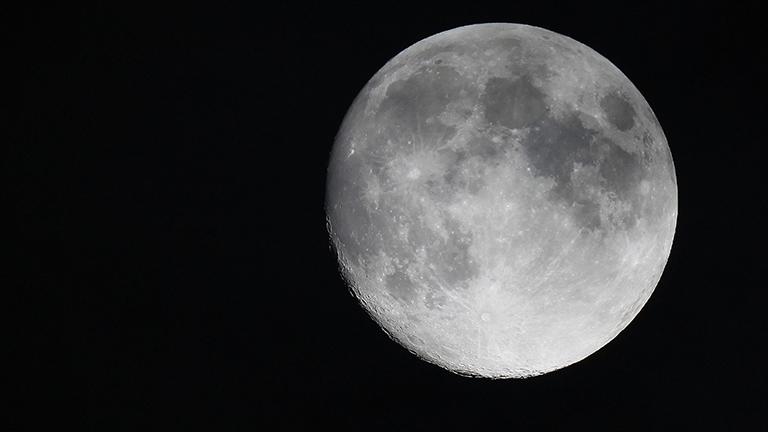 Strawberry Moon Caps off Summer Solstice on Monday
Strawberry Moon Caps off Summer Solstice on Monday
June 20: Monday marks a rare celestial event for stargazers: For the first time in decades, the full moon falls on the summer solstice.
Chicago Scientists Prepare Ultra-Sensitive Camera for South Pole Telescope
Feb. 4: Scientists at the University of Chicago are hoping a new, highly sensitive camera they're developing for the South Pole Telescope will reveal new information about the early universe.
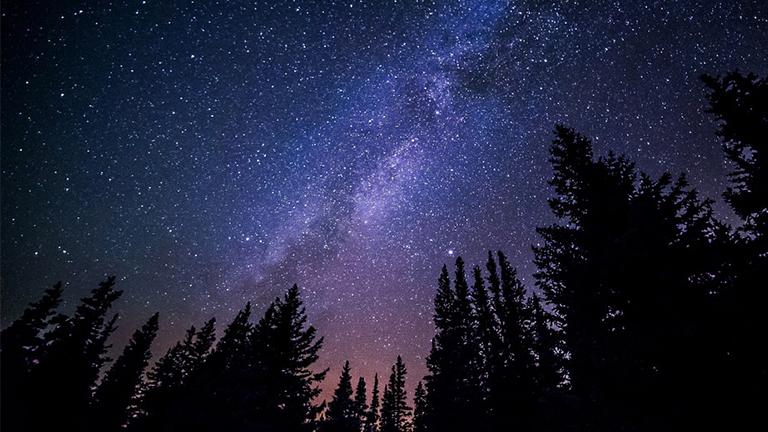 Five Planets Visible to the Naked Eye in Rare Astronomical Event
Five Planets Visible to the Naked Eye in Rare Astronomical Event
Jan. 25: For the first time in a decade, five planets will be visible at the same time in the pre-dawn sky – and you won't need a telescope to see them.


